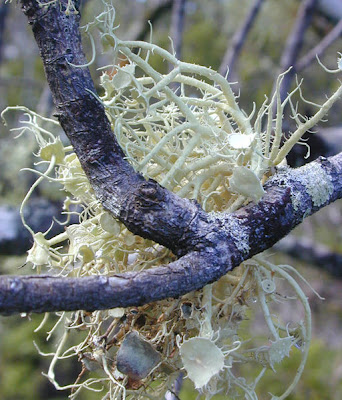I just got back from a trip to Portland, OR where I went to the Portland Aquarium with my niece and her two boys. We saw lots of wonderful fish, crabs, lobster, octopus, and rays - things you would expect to see in an aquarium - but I also had an unexpected surprise and met a guy who was very impressive. His name is Lester and could very well sing the song, 'It's not easy being green" along with Kermit the frog.
Everybody pretty much did a double-take when they saw him and he was so cool and calm and collected that people asked, 'Is he real?" Yes, Lester was definitely real and while I pet him he closed his eyes and seemed to enjoy it - like he was getting a massage.
Lester is a green iguana. That seems pretty obvious - that he is green, that is. Actually green iguanas aren't always green; bright green is more normal for juveniles, although in El Salvador juveniles are more commonly bright blue. Green or common iguanas usually change color as they get older, and can also change color due to stress, illness, or as a mechanism to absorb or reflect sunlight. Their color also depends on their country of origin and can range from blue to red and orange. You can read more about that
here. Green iguanas are popular as pets, but require careful care, including being housed at specific temperatures, and are not for first-time pet owners.
Green iguanas are native to Central and northern South America as well as the Caribbean. They are primarily herbivores and eat leaves, flowers and fruit, with an occasional insect and require a 2 to 1 ratio of calcium to phosphorus.
The row of spines on his back helps protect him from predators, although they are not particularly sharp. If close to water, he can dive in and try to swim away. Like some other lizards, he can lash out with his tail or if grabbed by the tail, he can allow it to break and regenerate a new one. He can use his claws to fight as well, but normally uses them to grasp branches as he climbs.
I really enjoyed the aquarium, but certainly didn't expect to meet a cool guy like Lester.






+wiki.jpg)







